
Setting Up a New Pond-Style Paludarium
by Chris (@shrimpery)
Shallow pond-style aquariums present an opportunity to enjoy aquascaping from a new perspective. A pond-style paludarium (the term for a tank with aquatic and emergent plants) allows you to grow the submerged plants that most of us are familiar with alongside the perhaps-less-familiar species that live at the waters’ edge. If you are curious about this style of aquarium or want to improve your existing aquascape, below is a brief walk through of the plants, animals, materials, and process involved in setting up a fresh layout.
I recently took down my previous ricefish tank, which had been living in my basement during the winter. I cleaned out the 60cm UNS 60S tank with hot water and an old tee-shirt, dried it off, and set it up on my desk under the powerful UNS Titan light fixture (held in place above the tank by a UNS light hanging bar kit).
For the new setup, I wanted an open layout utilizing more negative space and hardscape than my previous pond tanks. I oriented large pieces of hakkai stone and hornwood to create a sort of steep, rocky outcrop in the center-right portion of my tank, forming an empty circle in the middle. In the circle I placed a tall column of substrate and plants that I had saved from my old scape, along with a bag of fresh UNS controsoil (recycling some of your substrate from an established tank helps introduce beneficial bacteria that will kickstart your new setup). I sloped the substrate such that the very back portion would be above the water line (ideal for plants that do not like their crowns submerged). The front part of this roughly circular area was left an inch or two below the water line, with the goal of providing a raised platform for emergent plants that prefer wet crowns (such as Sphaerocaryum), along with a shallow area for small ricefish fry to escape predation. Around the rim of this emergent section, I arranged smaller pieces of hornwood to add some additional structure.
For the submerged portion, I kept things simple: a relatively thin layer of lighter-colored controsoil covering the bottom of the tank, punctuated by a few smaller rocks and pieces of driftwood. The left corner of the tank was kept open, with a clear view through towards the back (in keeping with my goal of incorporating negative space). In previous layouts, I have used sand for the foreground, but I wanted to switch things up a bit.
Now that my substrate and hardscape were in place, it was time for me to add the vegetation. In the emergent section, I planted Sphaerocaryum malaccense, Imperata cylindrica (Japanese Blood Grass), Rhynchospora colorata (‘Starrush Whitetop’), Mentha aquatica (Aquatic Mint), Persicaria (Polygonum) sp. 'Sao Paulo,’ along with the Louisiana Iris (Iris 'Ann Chowning') and Triadenum virginicum (Marsh St. John’s Wort) that were already growing in the tall column of substrate that I had saved from the previous scape.
Adjacent to the hardscape in the submerged section, I added some Micranthemum tweediei 'Monte Carlo,’ Eleocharis Belem (mini dwarf hair grass), and Hygrophila Lancea 'Araguaia' Sp ‘Chai.’ I also added some Hygrophila 'Siamensis 53B,' Cryptocoryne crispatula ‘Tonkinensis,’ and Echinodorus magdalenensis towards the back left (also adjacent to the hardscape). Wedged within crevices and hollows of the hardscape itself, I utilized Riccia Fluitans, Riccardia chamedryfolia (mini pellia), Vesicularia montagnei (Christmas moss), and some Anubias here and there.
Once everything was in place, I slowly filled the tank with water from my previous scape. Reusing water from an established tank allowed me to escape the hassle of agonizing over cycling the tank and prevented the usual diatom outbreak that tends to plague new planted tanks. Similarly, while I set up a brand-new canister filter (the Ultum Nature Systems DELTA 60), I recycled some of the filter media from my previous scape. In a departure from previous pond scapes I had done, I added a pressurized CO2 system; while CO2 is certainly not necessary for all tanks, its addition can greatly accelerate plant growth and health. Finally, I set up an in-line heater on the filter to ensure consistent water temperatures.
After about two weeks (during which I did 25-30% water changes three times a week- my normal schedule) I finally added fauna. The Japanese ricefish (Oryzias latipes) and Neocaridina shrimp that had previously inhabited my last pond scape were relocated from their temporary housing (a spare aquarium in my basement with a large sponge filter) and introduced to the tank. With plenty of places to swim and hide, all of the animals soon made themselves right at home.
It’s now a month out from setup, and my new tank is doing even better than some of my previous scapes at a similar timeframe: I’ve managed to avoid algae or cycling problems, and the plants are quickly growing into their new environment. I attribute the health of the tank to the steps I took to avoid past issues: recycling the water and filter media, utilizing CO2, and planting heavy right from the start. I hope that this walkthrough will provide a framework to set up a pond-style paludarium of your own- hopefully avoiding any hiccups along the way!
Tell us - Was this article helpful? Please leave a comment below!
If you have any questions regarding this article, please DM us on Instagram, Facebook, or email support@buceplant.com so we can assist you - @buceplant







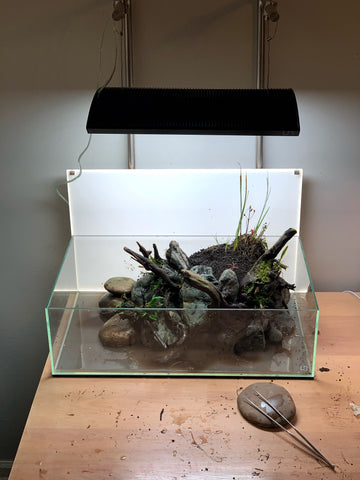
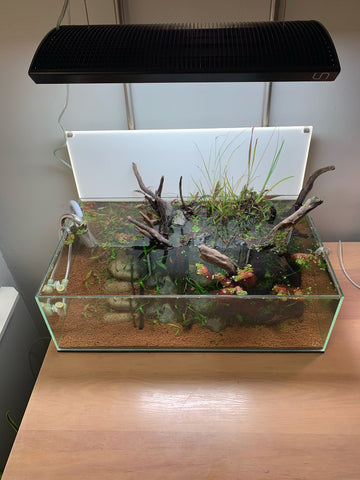
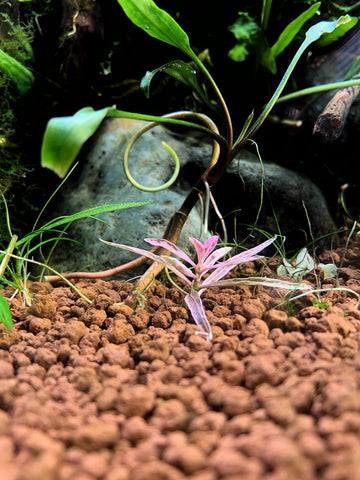
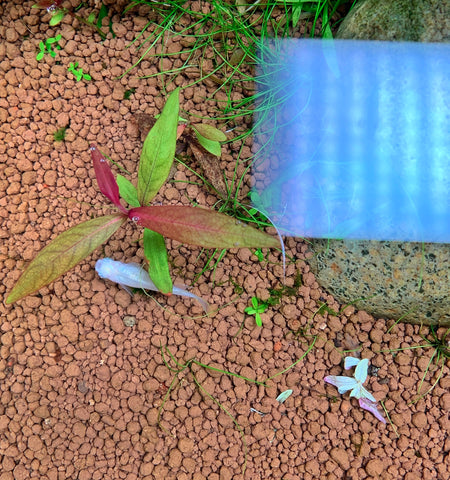


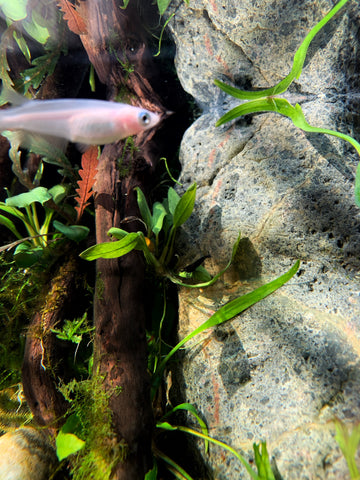

Comments
Leave a comment